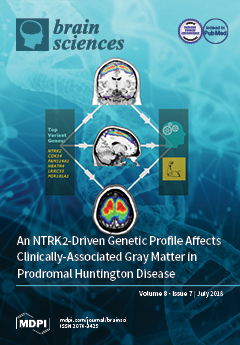Background. Community-based studies have documented racial differences in social, psychiatric, and medical determinants of suicidal ideation; however, less is known about racial differences in the profile of suicide attempts in clinical settings. Aim. The current study aimed to compare Blacks and Whites who
[...] Read more.
Background. Community-based studies have documented racial differences in social, psychiatric, and medical determinants of suicidal ideation; however, less is known about racial differences in the profile of suicide attempts in clinical settings. Aim. The current study aimed to compare Blacks and Whites who attempted suicide for demographic factors, socioeconomic status, medical history, psychiatric disorders, and outcomes. Methods. This retrospective study was a retrospective chart review of DataDirect, which is an electronic data repository of the Michigan Health Care System, 2014 to 2017. This analysis included 6147 suicide attempts (5388 Whites and 759 Blacks). Race, sociodemographic factors, medical history, psychiatric disorders, and outcomes were measured. Results. Blacks and Whites with suicide attempt did not differ in age or gender, but varied by insurance type. Blacks were more commonly under Medicare and Medicaid, while Whites were more commonly under private insurance or self-pay (
p < 0.05). Blacks with suicide attempt were more likely to be obese, while Whites with suicide attempt were more likely to be underweight. Frequency of psychiatric disorders, including depression, alcohol abuse, drug abuse, and psychosis, were not different between Whites and Blacks with suicide attempt; however, medical conditions showed a different profile across racial groups. When compared to Whites, Blacks had higher prevalence of uncomplicated hypertension, renal failure, chronic obstructive pulmonary disease, coagulopathy, and obesity (
p < 0.05 for all comparisons). In contrast, Whites had higher prevalence of other neurological disorders than Blacks. There were no differences in in-patient survival rate between Whites and Blacks who attempted suicide. Conclusion. There are considerable differences between Blacks and Whites with at least one suicide attempt. Although their psychiatric diagnoses seem to be similar, Blacks who have attempted suicide attempt have more medical comorbidities than their White counterparts. Lack of racial disparities in in-patient mortality rate of suicide attempts in the Michigan Health Care System is promising news given the higher physical health needs of Blacks when compared to Whites.
Full article






